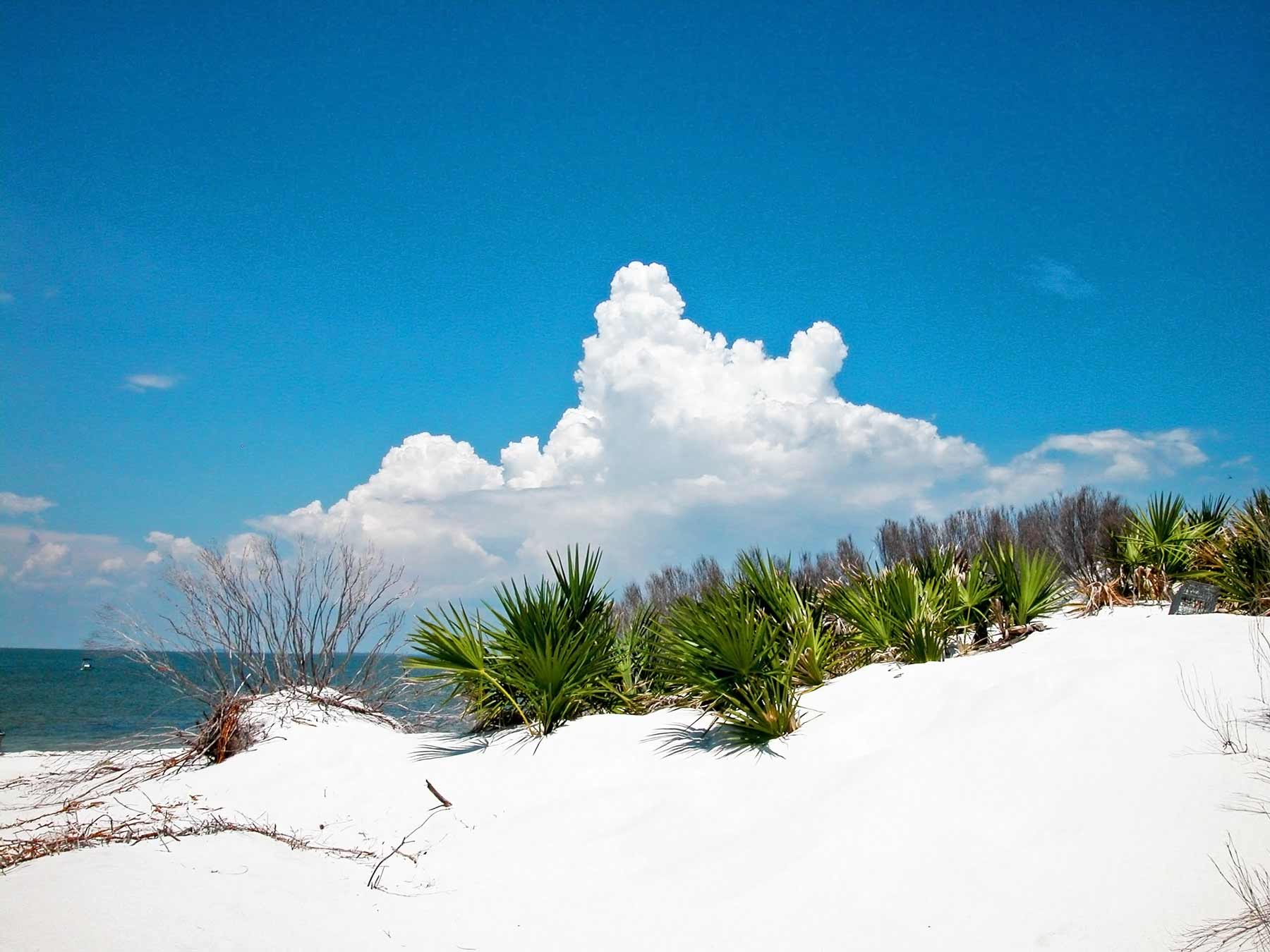
Article Summary: National Parks Near Jackson
National Parks Near Jackson. There’s so much more to the Magnolia State than the Ole Miss.
In this article, we’ll familiarize you with the incredible national parks that are within a day’s drive of downtown Jackson.
Jackson is home to both the original capitol building, built in 1839, and the current state capitol. The former seat of state government is now open to the public as a museum, which highlights the historic events that took place here.
But it’s also home to some amazing national parks which are within a day’s drive of the city.
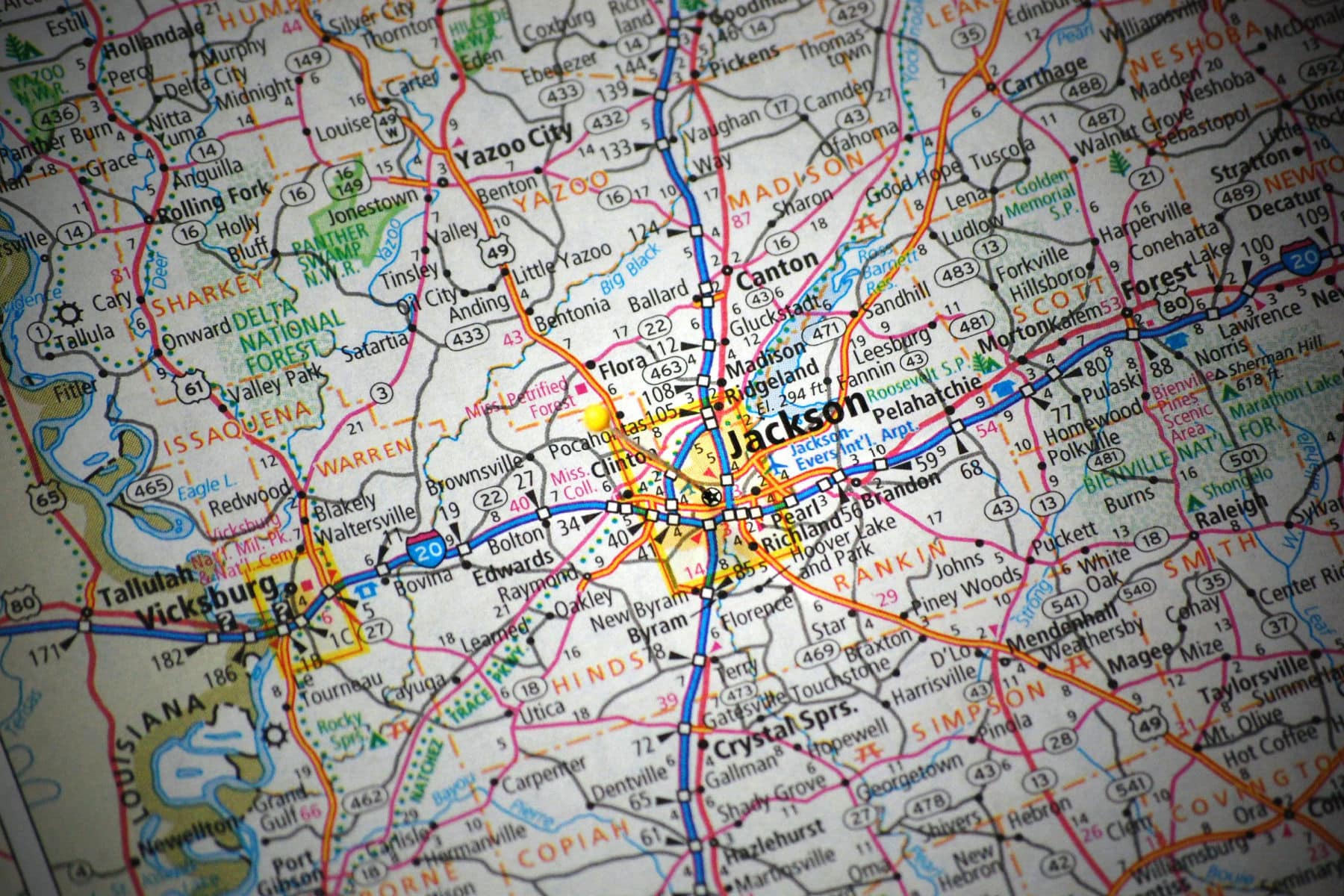
What Is A National Park?
We get asked that question a lot because there’s a difference between a “national park” and a “national park site.” To help you understand that difference you might want to check out our article titled: What Is A National Park Really?
Now let’s go ahead with 5 reasons why you’ll want to hop in your car and make a day’s drive from Jackson to one of these truly amazing places.

Table Of Contents: National Parks Near Jackson
Visit The National Parks Near Jackson
1. Gulf National Island Seashore
Distance From Jackson: Two hours forty minutes (160 miles) via U.S. Route 98.
Established by Congress in 1971 and managed by the National Park Service, the Gulf Islands National Seashore is a 160-mile stretch of Gulf Coast barrier islands from Fort Walton Beach, Florida, to Cat Island, Mississippi.
In Mississippi, there are six seashore destinations. They include the barrier islands of: Cat Island, Davis Bayou Area, Horn Island, Petit Bois Island, West Petit Bois Island, and Ship Island.
There’s so much here to see and so much to do! Or, you can just relax and let the world go by as you enjoy the beautiful scenery at your leisure.

What To Do On The Barrier Islands
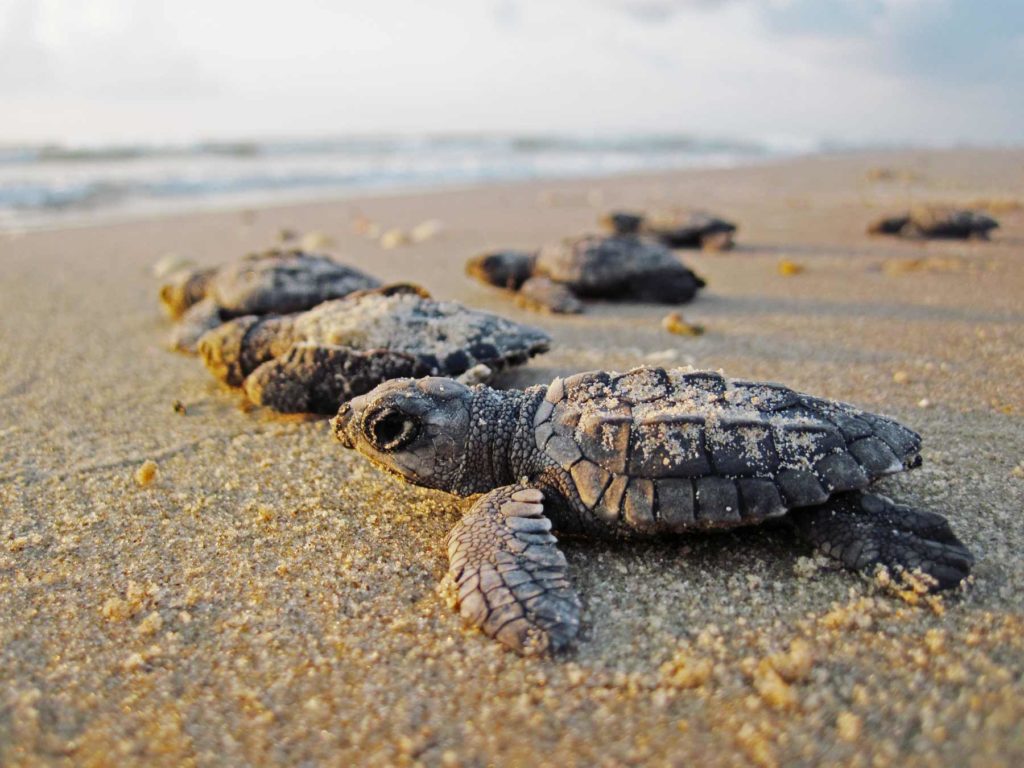
Cat Island is a great place to explore bayous and marshes which are home to several species of birds and alligators. All but the western half and southern tip of the island is privately owned however.
Petit Bois Island, meaning “little woods,” is almost 6 miles long. It’s a great place to swim and fish. Horn Island is a favorite spot for swimming, boating, and relaxing in the sun. It has long stretches of beach and several species of flora and fauna to observe.
Ship Island is easily accessible by ferry service. It’s home to Fort Massachusetts which is a preserved brick fortification dating back to the mid-19th century. With historical roots dating back to the War of 1812, Ship Island offers fort tours for visitors with an interest in history.
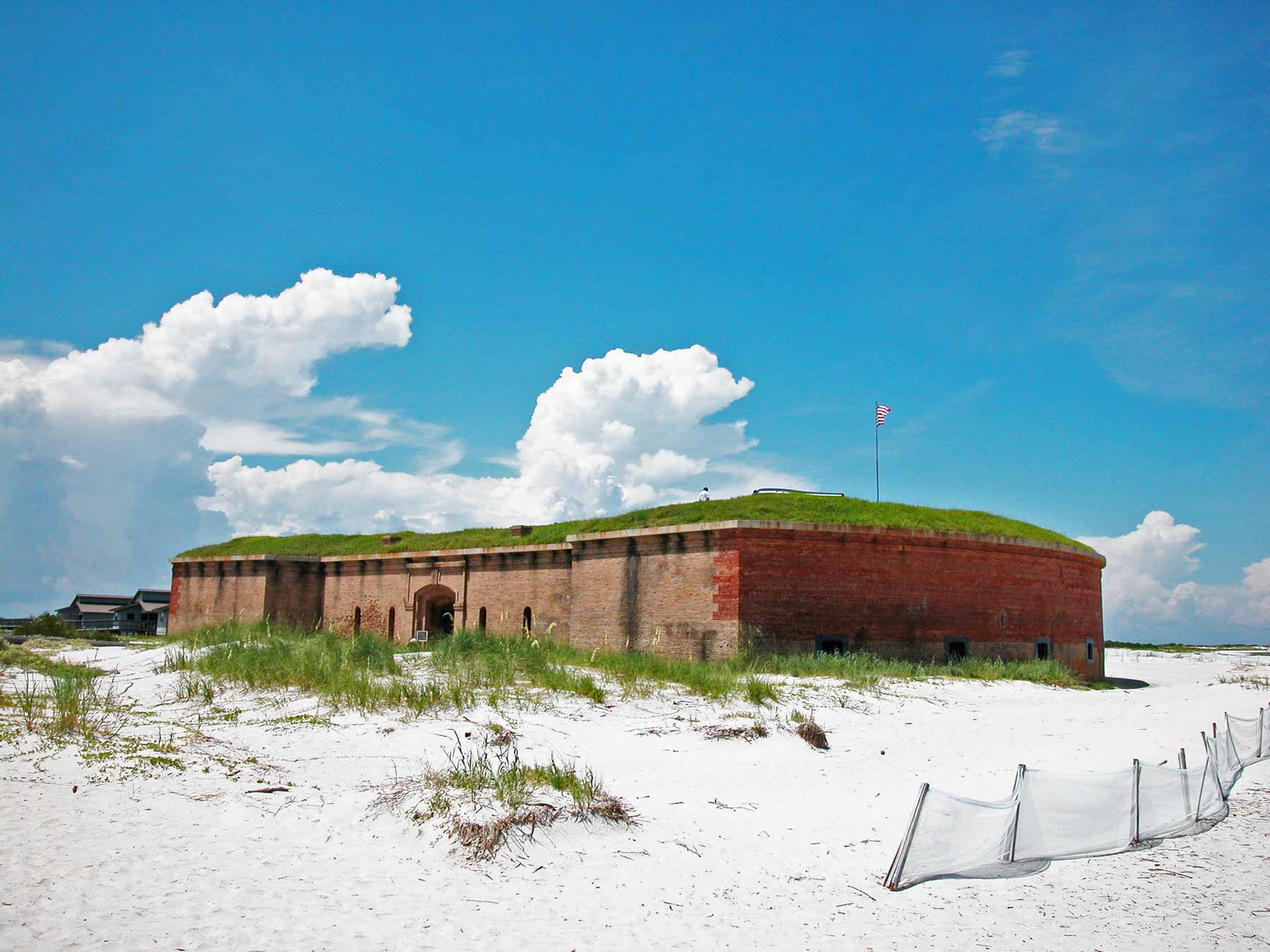
In addition to options for swimming, sunbathing, birding, hiking, and fishing, Ship Island also offers a boardwalk for easy trekking across the island. There are also covered picnic areas for visitors to enjoy a full day of activities.
Gulf Islands National Seashore is a Bird Watcher’s Paradise
If you’re a bird watcher then welcome to Bird Watcher’s Paradise! Over 300 species of birds are found at Gulf Island National Seashore. These include Black Skimmers and Brown Pelicans which sail only inches above the ocean surf.
Further out, you’ll find Snowy and Piping Plover flying along the water’s edge. There are also majestic bald eagles and beautiful osprey soaring overhead.
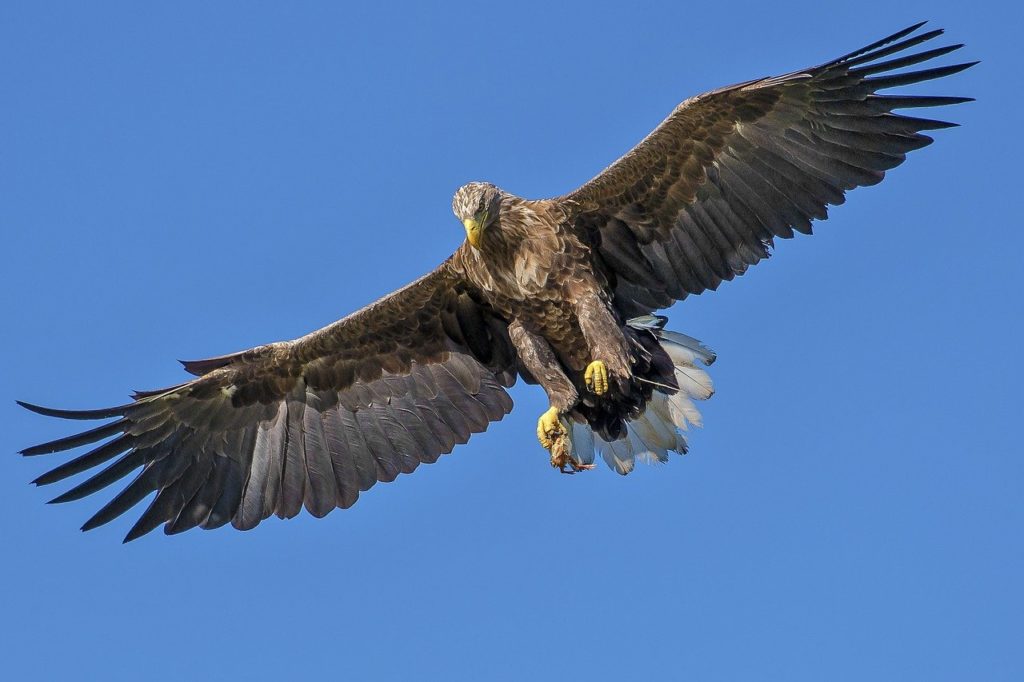
2. Medgar and Myrlie Evers Home National Monument
Distance From Jackson: Eleven minutes (4 miles) via Martin Luther King, Jr. Drive.
The Medgar and Myrlie Evers Home National Monument commemorates the legacy of Medgar Evers and his wife Myrlie Evers, who were prominent civil rights activists during the 1950s and 1960s.
The home, which is now part of the national monument, was the residence of the Evers family from 1955 to 1963, and it was the site of several key events during the civil rights movement.
Medgar Evers, who was the field secretary for the Mississippi NAACP, used the home as a base for organizing voter registration drives, protests, and other civil rights activities.
In 1963, Medgar Evers was assassinated outside of the home, which became a rallying point for the civil rights movement. His widow, Myrlie Evers, continued to live in the home and became a prominent civil rights leader in her own right.
Today, the Medgar and Myrlie Evers Home National Monument features a visitor center with exhibits and displays that tell the story of the Evers family and their role in the civil rights movement. The home itself has been restored to its 1960s appearance and is open for guided tours.
The national monument also includes a memorial garden and a walking trail that leads to the location where Medgar Evers was assassinated.
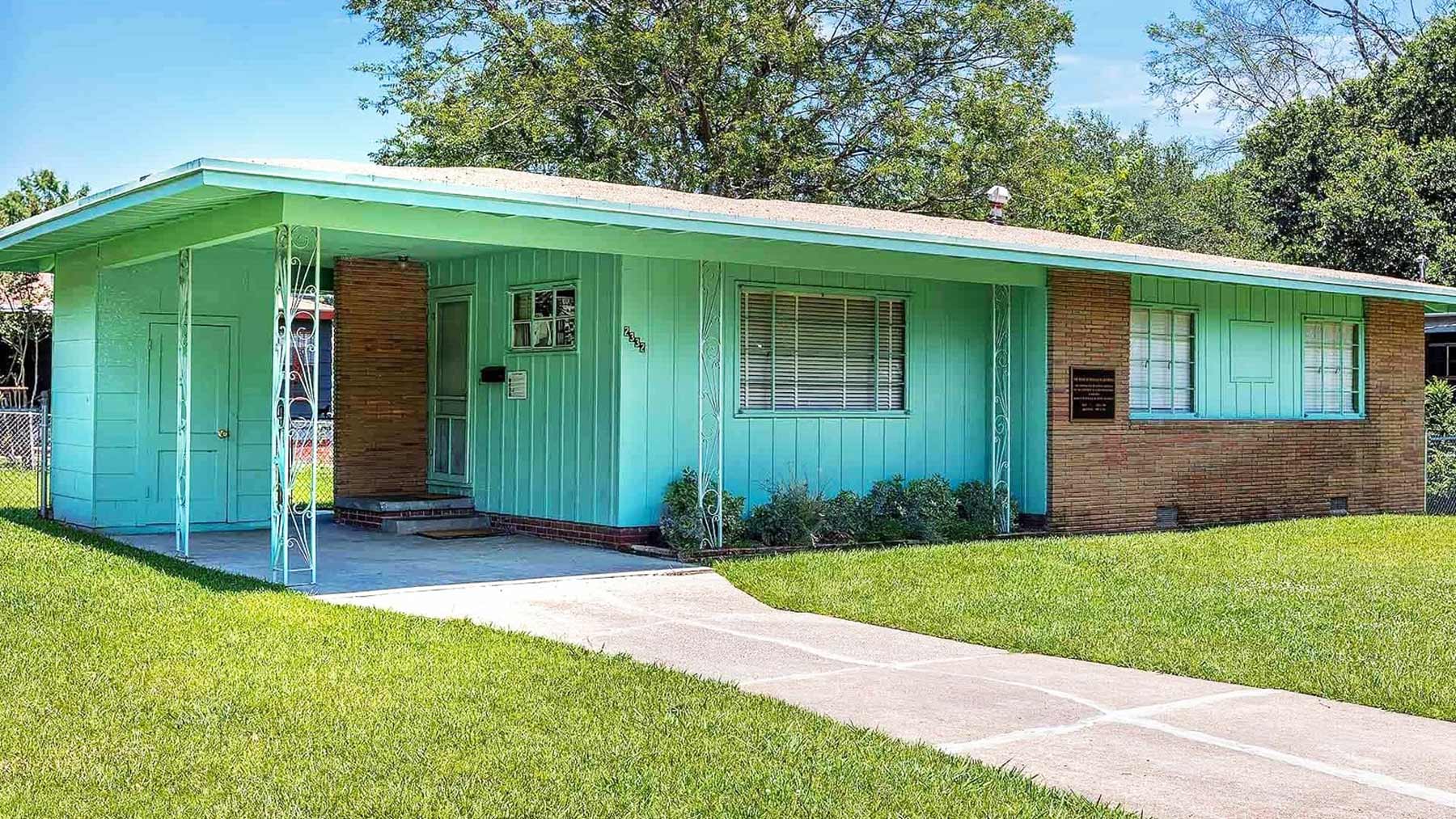
3. Natchez National Historical Park
Distance From Jackson: One hour forty eight minutes (103 miles) via I-55 S & MS-28 W.
The Natchez National Historical Park preserves several important historical sites related to the history of Natchez, including the William Johnson House, which was home to a free African American man and barber in the early 19th century, and the Melrose estate, a large antebellum plantation house.
The park also offers a variety of educational programs and interpretive exhibits that highlight the history of Natchez and its people, including the African American, Native American, and European American communities that have lived in the area over the past three centuries.
Visitors can take guided tours of the historic homes and gardens, as well as explore the park’s scenic trails and picnic areas.
In addition to its historical significance, the Natchez National Historical Park is also known for its stunning natural beauty, including rolling hills, lush forests, and the Mississippi River. Whether you’re a history buff, nature lover, or just looking for a peaceful place to relax, the Natchez National Historical Park is a great place to visit.
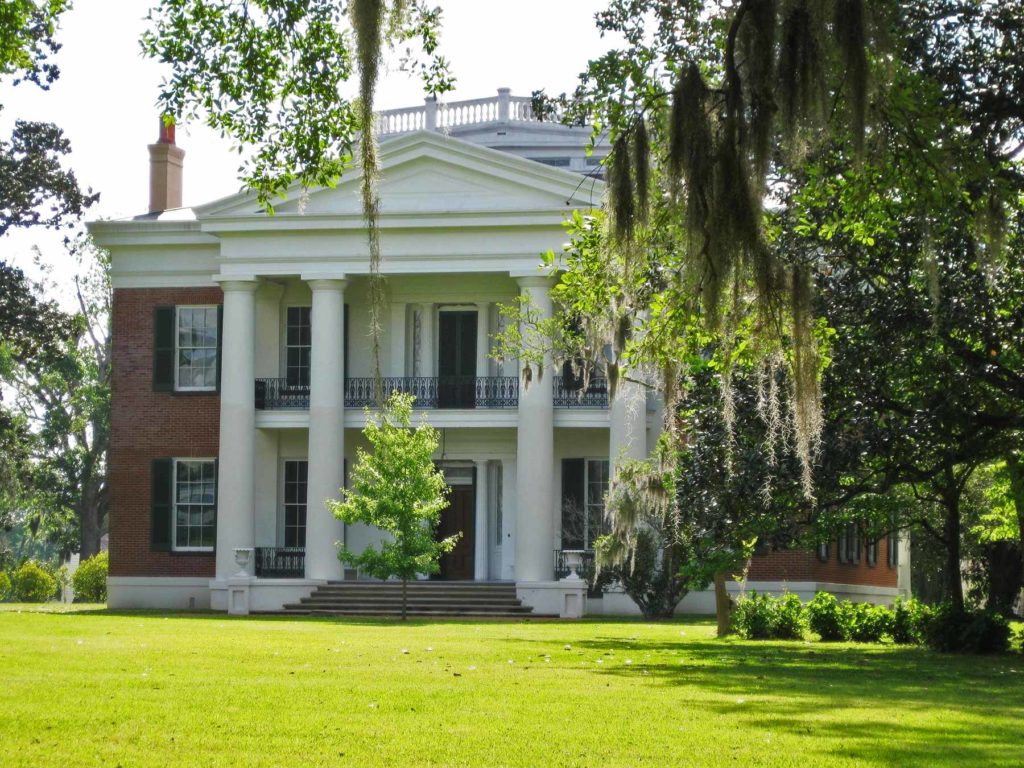
More National Parks Near Jackson
4. Shiloh Military Park
Distance From Jackson: Four hours 7 minutes (258 miles) via I-55 N.
Shiloh Military Park is a national military park located in southwestern Tennessee that commemorates the American Civil War Battle of Shiloh, which took place on April 6-7, 1862.
The battle, also known as the Battle of Pittsburg Landing, was one of the first major engagements of the Civil War in the Western Theater and resulted in a Union victory.
The battle was fought between the Confederate Army of Mississippi, led by General Albert Sidney Johnston, and the Union Army of the Tennessee, led by General Ulysses S. Grant.
The battle resulted in heavy casualties on both sides, with over 23,000 soldiers killed, wounded or missing. The Union army was able to repel the Confederate attack, and the victory marked a turning point in the war in the Western Theater and helped establish General Grant as a significant military leader.
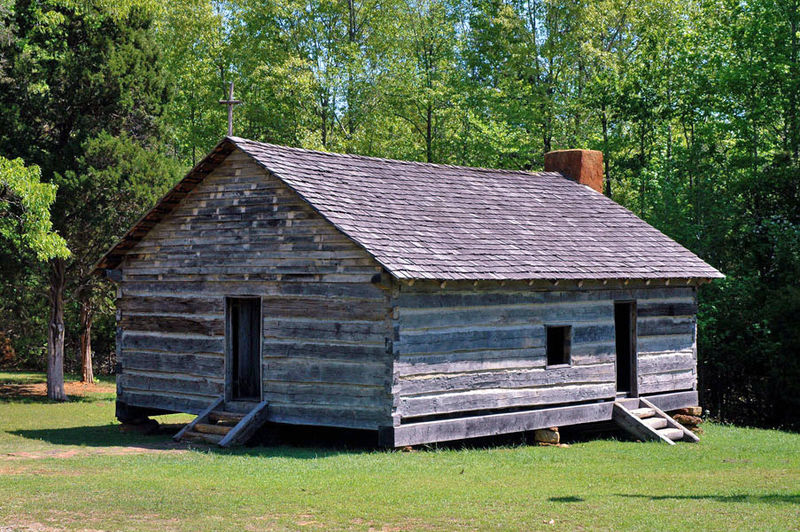
Things To Do At Shiloh
Shiloh Military Park was established in 1894, and it includes a visitor center with exhibits and artifacts related to the battle and the Civil War.
Here are some things you can do at the park:
- Take a guided tour: The park offers a variety of guided tours, including driving tours, walking tours, and ranger-led tours. These tours provide a wealth of information about the history of the park and the battles that took place there.
- Visit the museum: The park has a museum that features exhibits and displays related to the battle of Shiloh and the Civil War. The museum also has a bookstore where you can purchase books, maps, and other items related to the park’s history.
- Explore the battlefield: The park encompasses over 4,000 acres of battlefield, so there is plenty of ground to cover. You can take a self-guided driving tour, hike one of the park’s many trails, or participate in a ranger-led walk.
- Attend living history events: Throughout the year, the park hosts living history events that bring the past to life. These events feature reenactors dressed in period clothing who demonstrate the tactics and equipment used during the Civil War.
- Visit the historic cemetery: The park is home to the Shiloh National Cemetery, which contains the graves of over 3,500 Union soldiers who died in the battle of Shiloh. The cemetery also contains the graves of other Civil War soldiers and veterans.
- Go fishing: The park has several bodies of water where you can fish for a variety of species, including bass, catfish, and crappie. You’ll need a Tennessee state fishing license, which can be purchased online or at a local retailer.
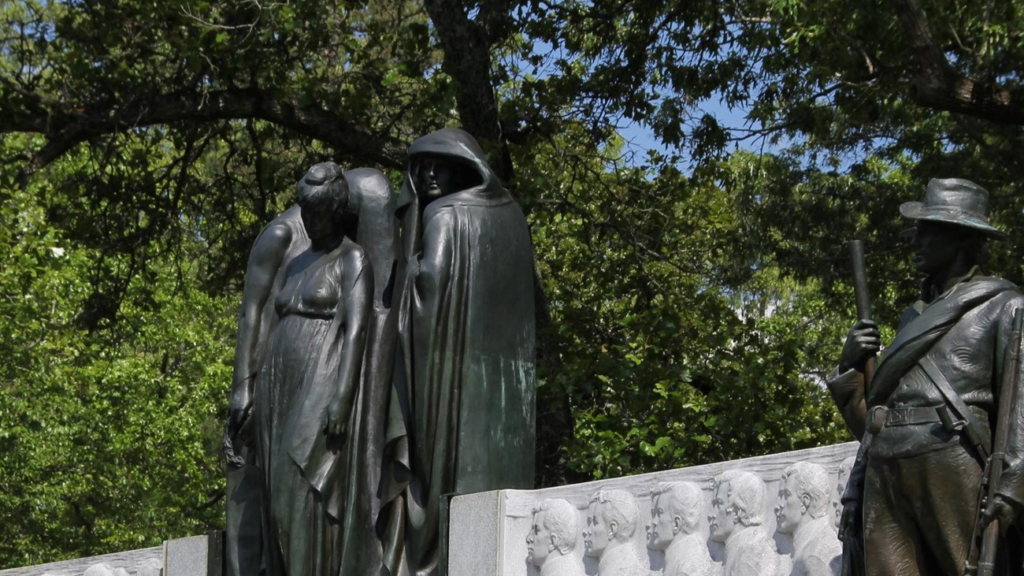
5. Vicksburg National Military Park
Distance From Jackson: Forty one minutes (42 miles) via I-20 W.
Vicksburg National Military Park commemorates the Siege of Vicksburg, which took place during the American Civil War.
The siege was a major campaign fought between the Union army under the command of Major General Ulysses S. Grant and the Confederate army under the command of Lieutenant General John C. Pemberton. The siege lasted from May 18 to July 4, 1863, and resulted in a Union victory.
The Union army’s victory at Vicksburg was a major turning point in the war, as it gave the Union control of the Mississippi River, effectively splitting the Confederacy in two. The siege also resulted in the surrender of the Confederate garrison at Vicksburg, which was one of the largest surrenders of the war.
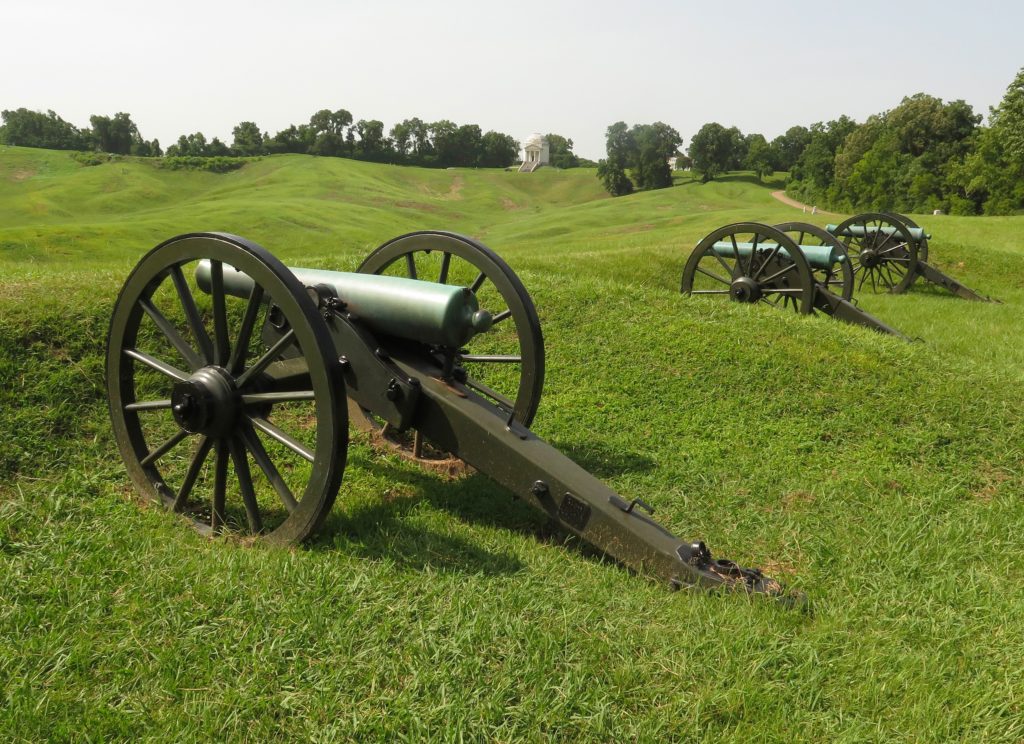
The Idea Of Creating A National Military Park
The idea of creating a national military park at Vicksburg was first proposed in the late 19th century, and the park was established in 1899. It is one of the oldest military parks in the National Park System. It’s now administered by the National Park Service and offers visitors the opportunity to learn about the history of the siege and the Civil War in the region.
It includes several historic sites, including the battlefield itself, the Union and Confederate trenches and fortifications, and a number of monuments and memorials to the soldiers who fought in the siege.
The park also has a Visitor Center, with exhibits and a film about the battle, as well as a number of hiking trails that take visitors through the battlefield and allow them to see the historic sites up close. The park is also home to the USS Cairo Museum, which is a gunboat that was sunk during the siege and was later raised and restored.
Things To Do At Vicksburg National Military Park
At Vicksburg National Military Park, there’s a vast array of cultural, historical and natural resources. Each visitor to the park receives an official park brochure and map detailing the driving routes, tour stops, and provides a brief history of the Vicksburg Campaign and Siege.
There’s a self-guided driving tour or you can make a reservation to take a guided park tour.
There’s no shortage of things to see and experience. I would recommend beginning your tour at the visitor center. Check out the more than 1,400 memorial monuments, tablets and markers which cover the 1,800-acre park.
The park also features an impressive 20 miles of trenches and earthworks which have been reconstructed to reflect the time period.
There’s even a gunboat! You can see the U.S.S. Cairo Gunboat. There’s also a Museum located within the park, enabling visitors to view the restored vessel, along with Civil War-era artifacts recovered during the boat’s excavation.
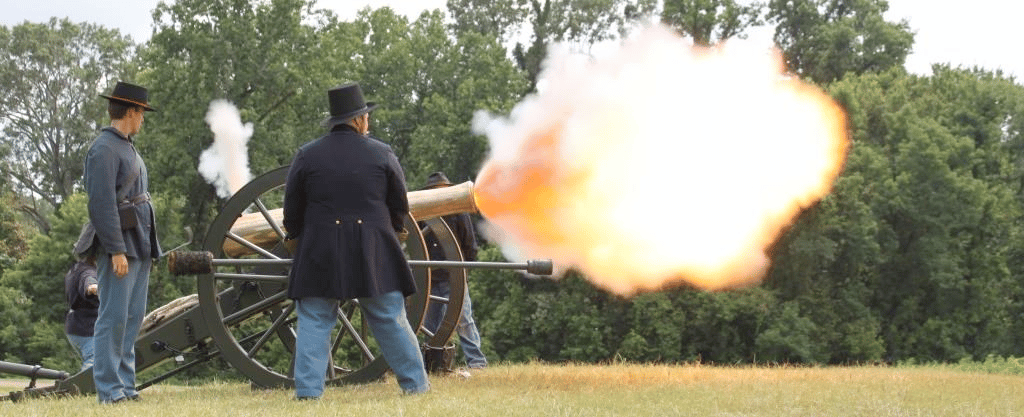
CHECK OUT: 10 BEST Civil War Sites In America
National Parks Near Jackson FAQ
Medgar and Myrlie Evers Home National Monument. Distance From Jackson: Eleven minutes (4 miles).
The national park sites in Mississippi are as follows:
Brices Cross Roads National Battlefield Site
Gulf National Island Seashore
Medgar and Myrlie Evers Home National Monument
Natchez National Historical Park
The Natchez Trace Parkway
Natchez Trace National Trail
Shiloh Military Park
Tupelo National Battlefield
Vicksburg National Military Park
Why Trust Us About National Parks Near Jackson?
We’re Jim Pattiz and Will Pattiz, collectively known as the Pattiz Brothers (and sometimes the Parks Brothers) and we absolutely LOVE the national parks.
You should probably know that we don’t just make this stuff up out of thin air. We’ve spent our entire adult lives exploring and filming America’s national parks and public lands.
We’ve worked with the National Park Service, the Department of Interior, USDA, and the U.S. Forest Service for years creating films on important places and issues. Our work has been featured in leading publications all over the world and even some people outside of our immediate family call us experts on the national parks.
Meet The Parks Brothers
Map of National Park Sites Near Jackson
Summary & List Of National Parks Near Jackson
- Gulf National Island Seashore
- Medgar and Myrlie Evers Home National Monument
- Natchez National Historical Park
- Shiloh Military Park
- Vicksburg National Military Park
We Hope You’ll Follow Our Journey
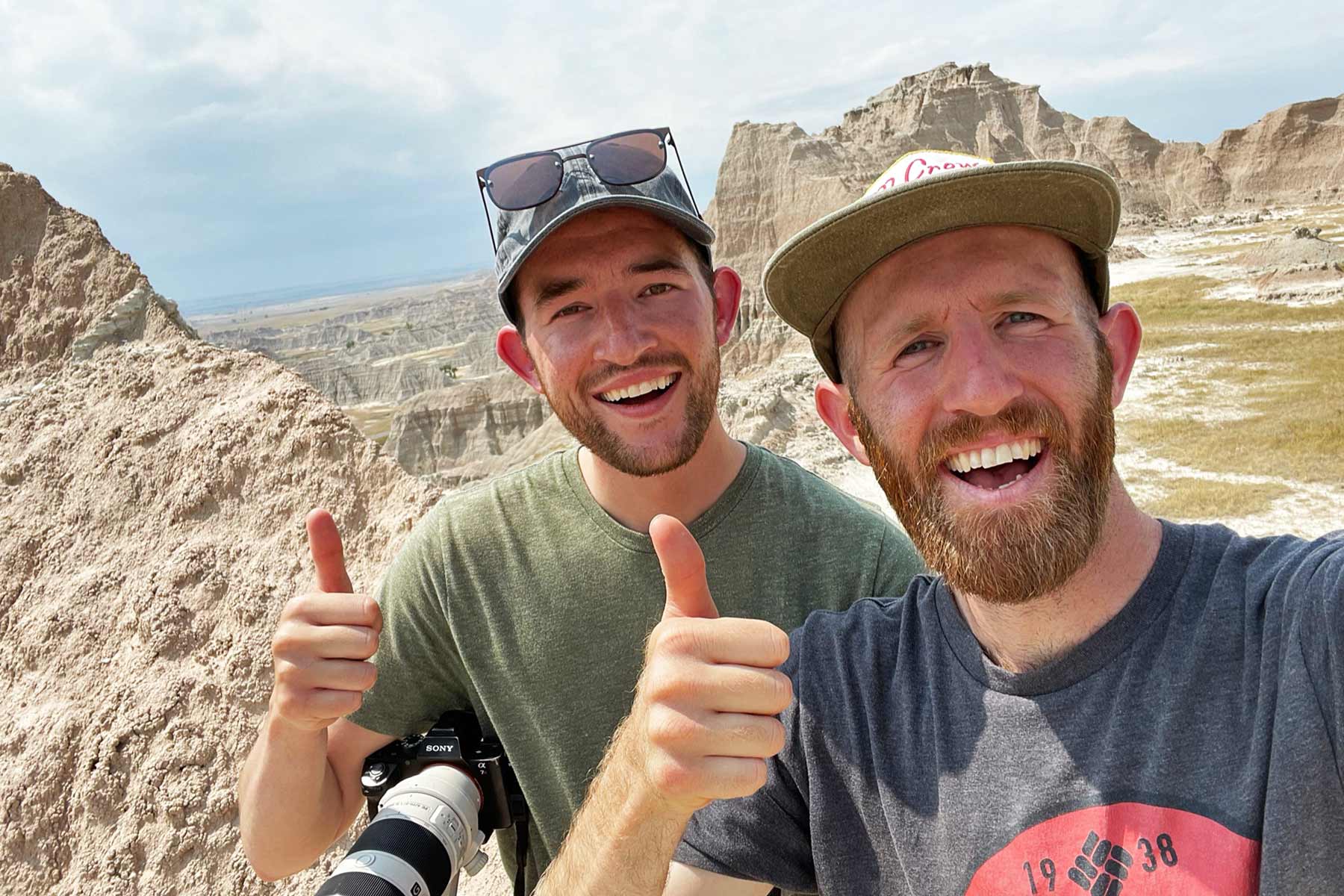
Our goal here at More Than Just Parks is to share the beauty of America’s national parks and public lands through stunning short films in an effort to get Americans and the world to see the true value in land conservation.
We hope you’ll follow our journey through the parks and help us to keep them the incredible places that they are. If you’re interested in joining the adventure then please sign up below!
National Parks near jackson mississippi, national parks near jackson, jackson national parks, National Parks near jackson mississippi, national parks near jackson, jackson national parks, National Parks near jackson mississippi, national parks near jackson, jackson national parks,
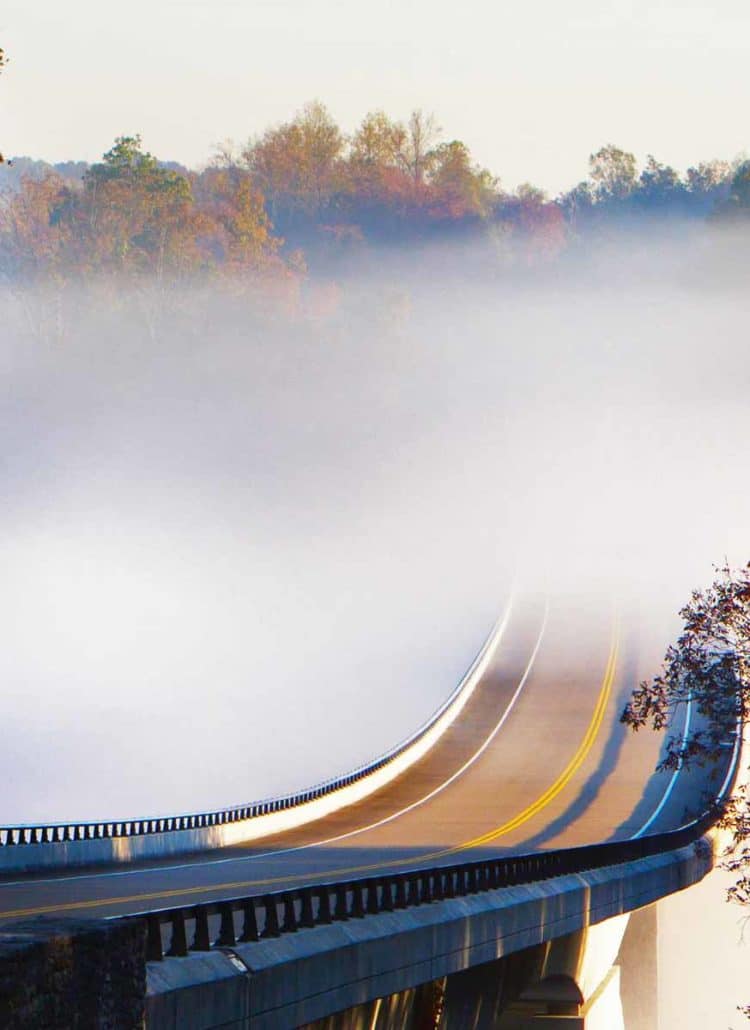
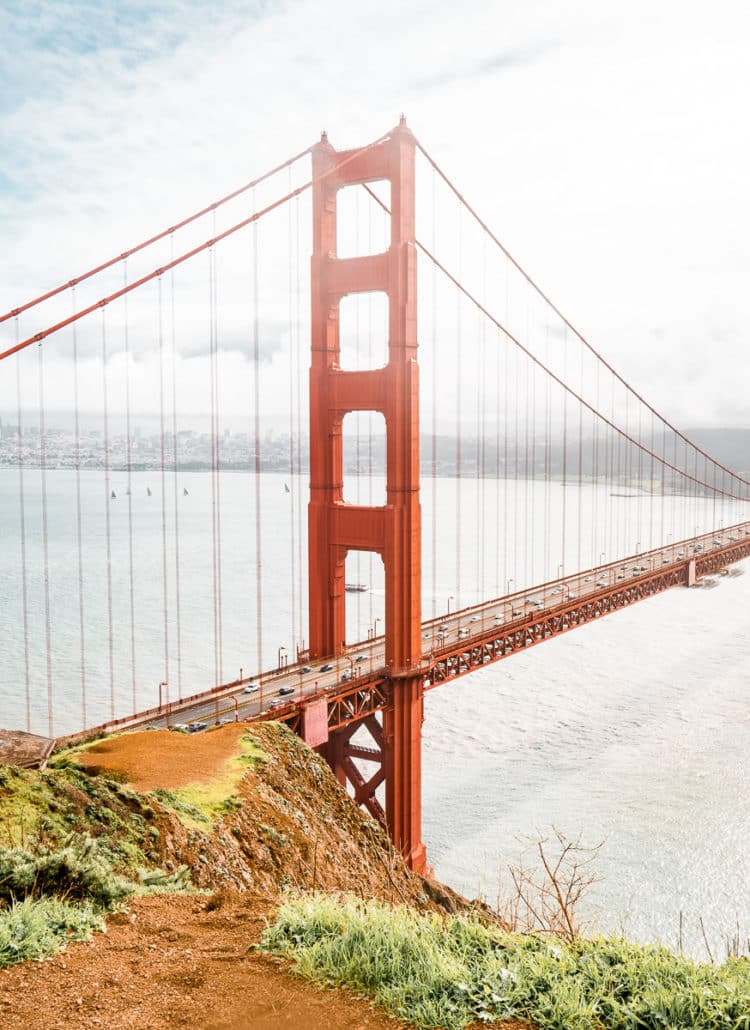
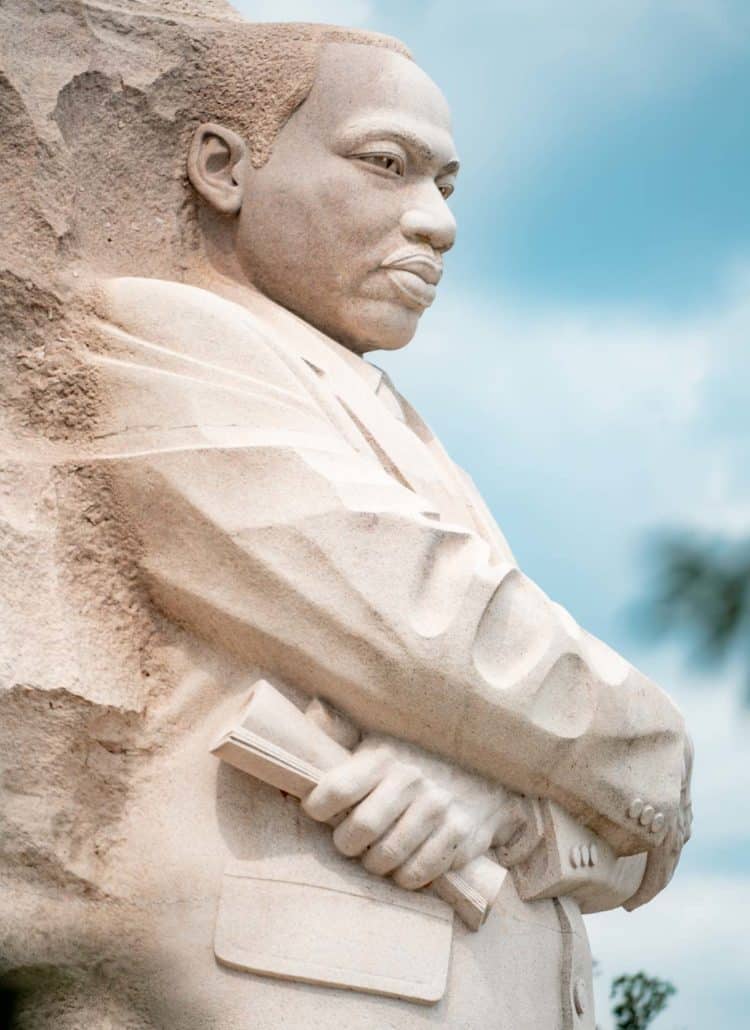
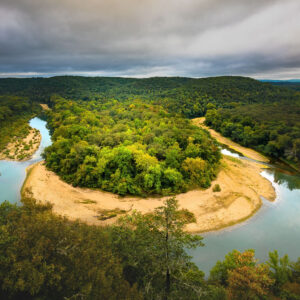
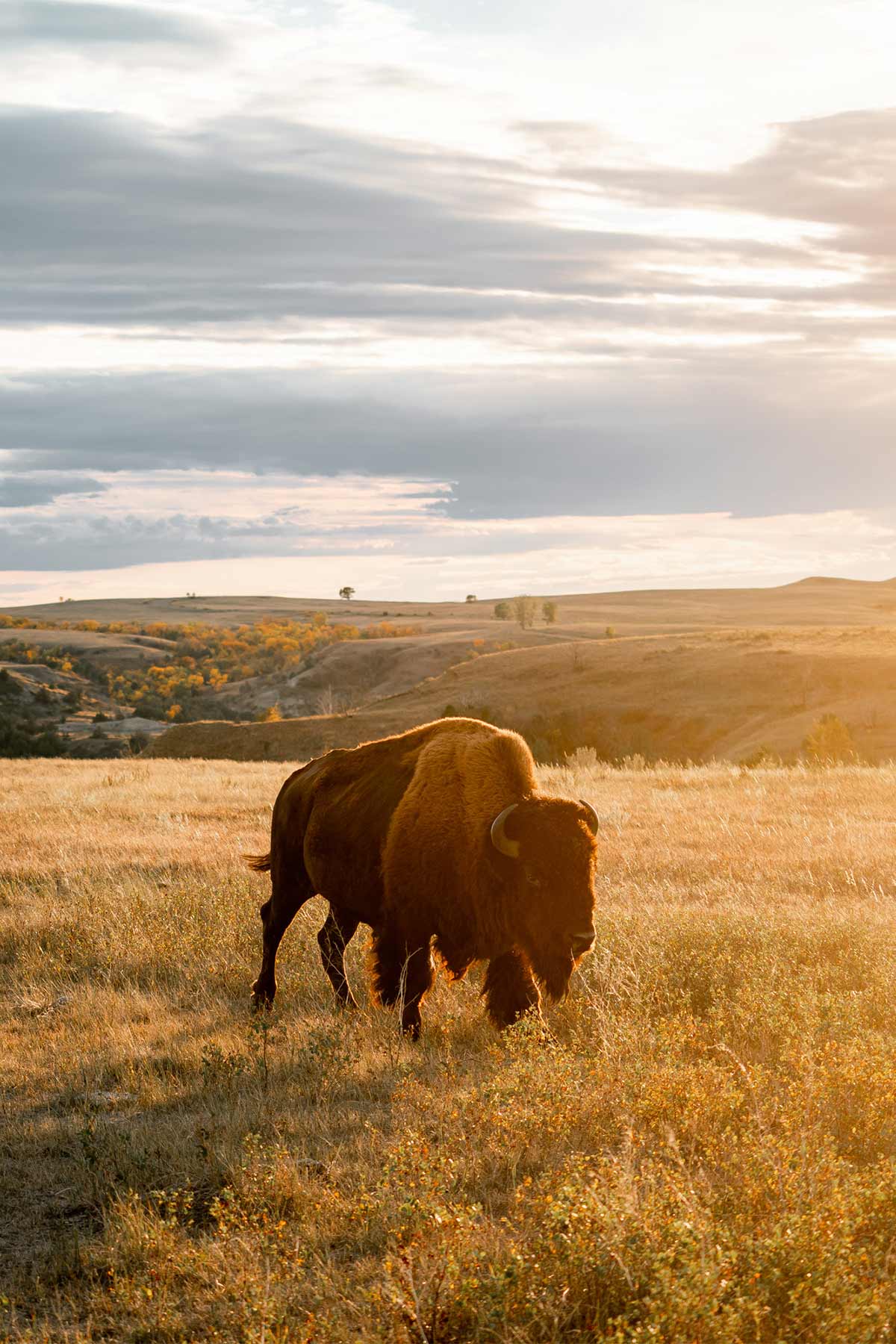
Leave a Reply